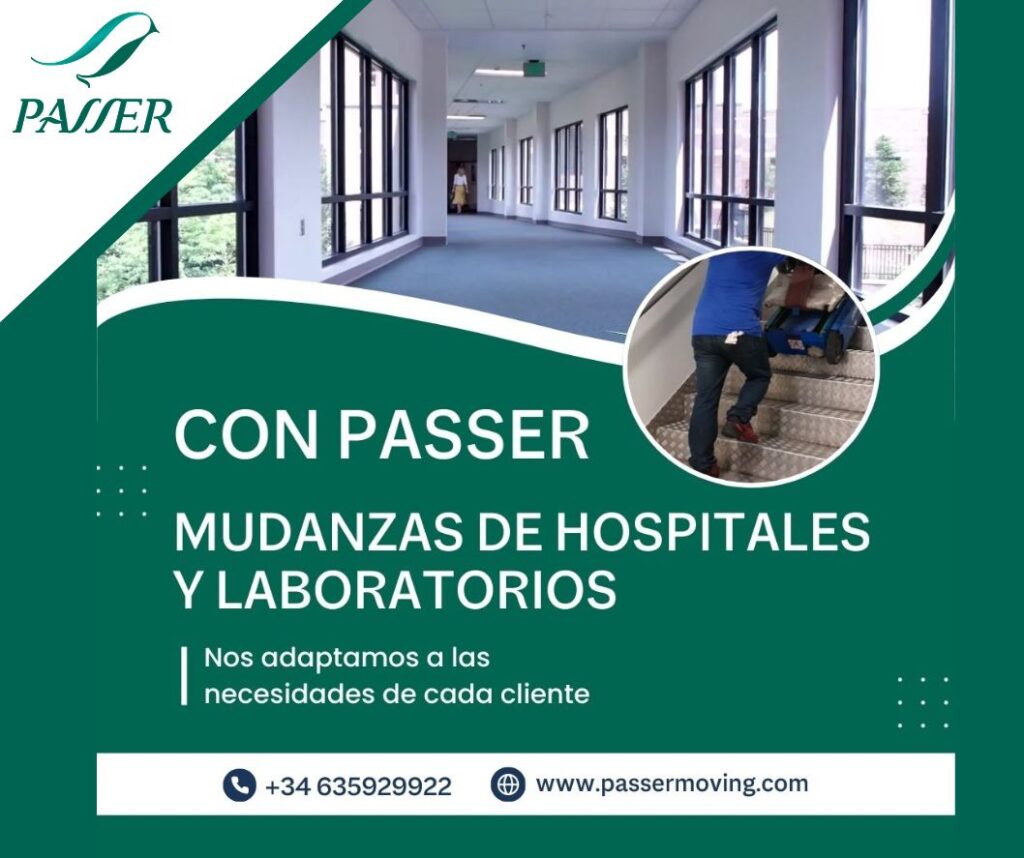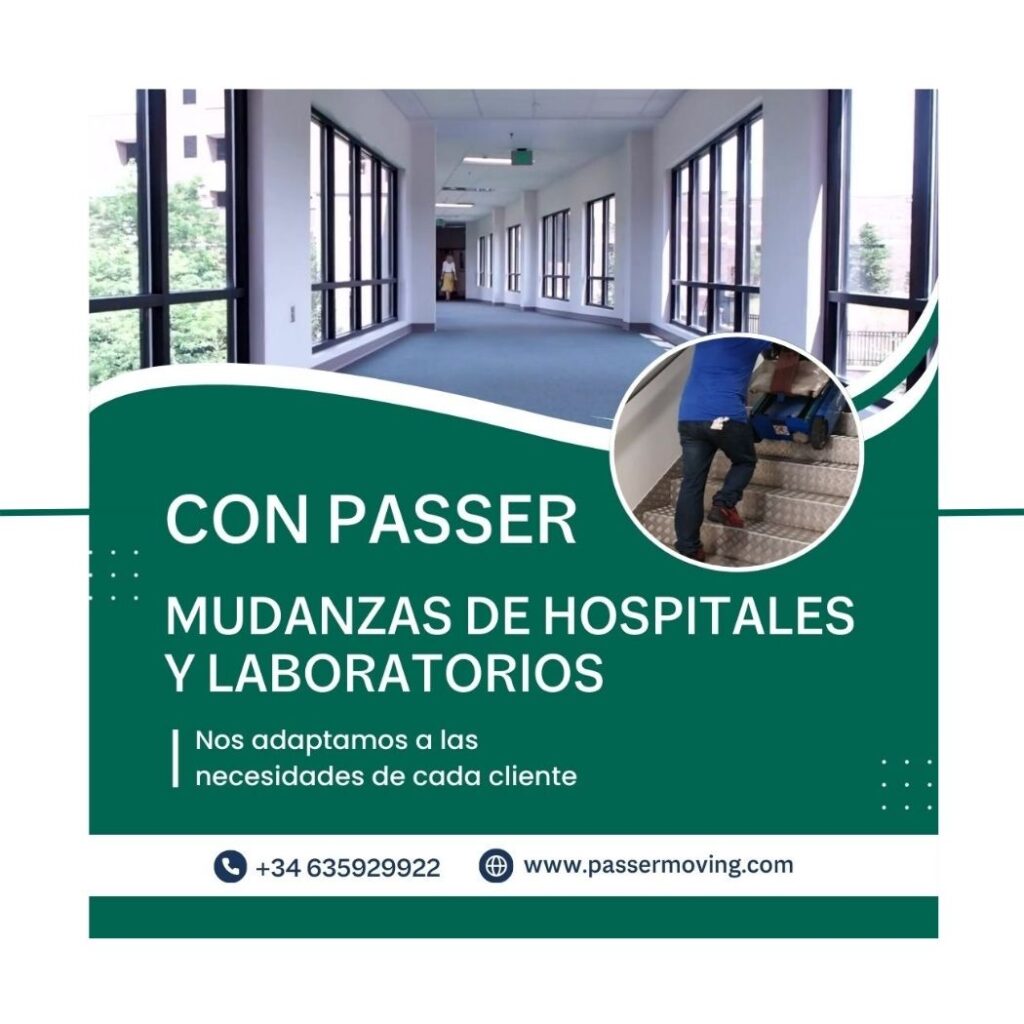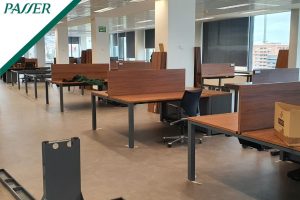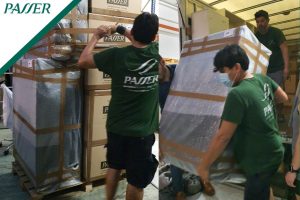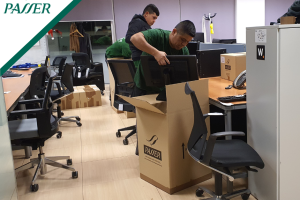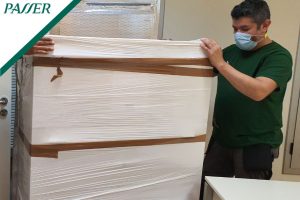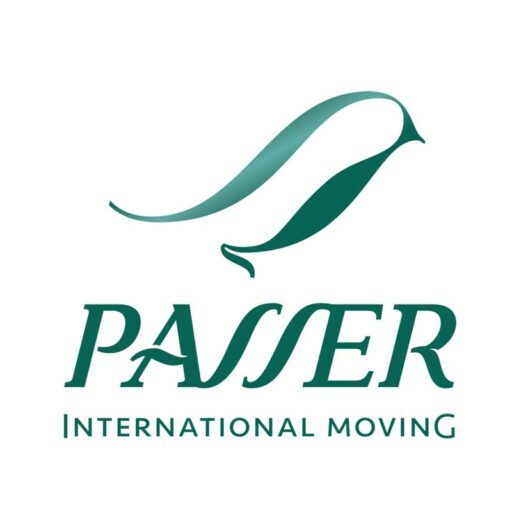Have you ever wondered how it's possible to transport delicate medical equipment, biological samples, and specialized furniture without compromising their functionality? hospital and laboratory moves are complex processes that require careful planning, specialized equipment, and a rigorous focus on safety. With the help of experts such as Passer MovingThis type of move can be handled efficiently and carefully, ensuring everything arrives at its destination in perfect condition. In this article, we explain how to manage this type of move professionally and stress-free.
The Challenges of Hospital and Laboratory Moves
Moving a hospital or laboratory is not like any traditional move. These spaces contain expensive, delicate, and, in many cases, irreplaceable equipment. Furthermore, there are strict regulations regarding the handling of hazardous and confidential substances that must be followed to ensure the safety of people and the environment.
Some of the most common challenges include:
- Moving fragile and large equipmentMachines such as CT scanners, microscopes and centrifuges require specialized handling.
- Handling of hazardous substances: Chemicals, biological samples and radioactive materials must be transported with specific protocols.
- Minimizing downtime: It is crucial that the move does not disrupt critical services such as medical care or ongoing investigations.
- Regulatory compliance: Regulations vary depending on the type of facility and the materials being transported.
How to Plan a Hospital and Laboratory Move
1. Conduct a Detailed Assessment
Before starting, it is essential to conduct a thorough assessment of the location, equipment, and specific moving needs.
- Inventory: Create a detailed list of everything you're moving, from furniture to sensitive materials.
- Risk identification: Determines the equipment or substances that require special handling.
- Design of the new space: Plan the layout of furniture and equipment at the new location to speed up installation.
2. Hire a Specialized Moving Service
Hospital and laboratory moves should not be undertaken without the help of experts. Companies such as Passer Moving They offer customized solutions to ensure that the transfer is carried out safely and efficiently.
- Professional manipulation: We have trained personnel to transport delicate medical and scientific equipment.
- Suitable vehiclesWe use vehicles equipped with cushioning and temperature control systems to protect materials during transport.
- Specialized insurance: We guarantee that your assets are protected in case of unforeseen events.
3. Establish Security Protocols
Safety is a priority in this type of move, both for people and for equipment and materials.
- Specialized packaging: Use packing materials such as bubble wrap, reinforced boxes, and labels that indicate “fragile.”
- Handling of hazardous substances: Make sure you comply with local and international regulations for the transportation of chemical or biological products.
- Coordination with medical or scientific personnel: Works hand in hand with the hospital or laboratory team to ensure proper handling of equipment and materials.
Tips for a Successful Move
1. Minimize Downtime
Time is a valuable resource, especially in hospitals and laboratories. To avoid prolonged interruptions:
- Plan the move in stages: : Carry out the move in phases to keep key areas operational while the relocation is completed.
- Prioritize essential equipment: Identify the equipment that must be operational immediately after the move.
2. Communicate with all personnel involved
Make sure all work teams are informed about the details of the move.
- Informational meetingsExplain the transfer plan to doctors, researchers, and technicians to avoid confusion.
- Direct line of communication: Designate a person responsible for coordinating the moving teams and hospital or laboratory employees.
3. Test and Check the Equipment Upon Arrival
Once the equipment arrives at the new location, test it to make sure everything is working properly.
- Initial inspection: Check that there is no damage to the equipment during transport.
- Professional installation: If necessary, hire specialists to configure complex equipment.
How Passer Moving Makes Hospital and Laboratory Moves Easy
In PasserWe understand the importance of handling this type of move with precision and professionalism. We offer:
- Trained personnel: Our team is trained in the handling of medical and scientific equipment.
- Specialized equipment and vehicles: We have tools and transportation designed to protect the most sensitive assets.
- Customized solutionsWe tailor our services to each client's specific needs, ensuring a safe and efficient transfer.
Conclusion
The hospital and laboratory moves are delicate processes that require experience, planning, and attention to detail. From moving fragile equipment to handling hazardous substances, every step must be performed precisely to ensure safety and service continuity. With the help of experts like Passer You can handle this task with complete confidence. Contact us today and find out how we can help you manage your move professionally and hassle-free.
Do you need to make a move? we can help you
At Passer we are always willing to collaborate

